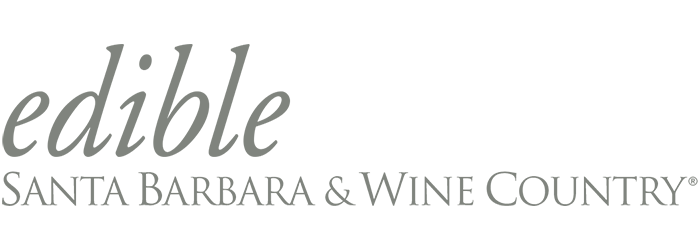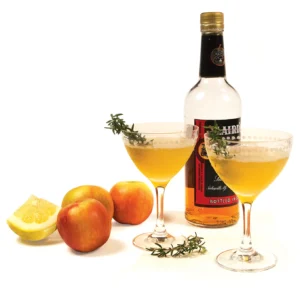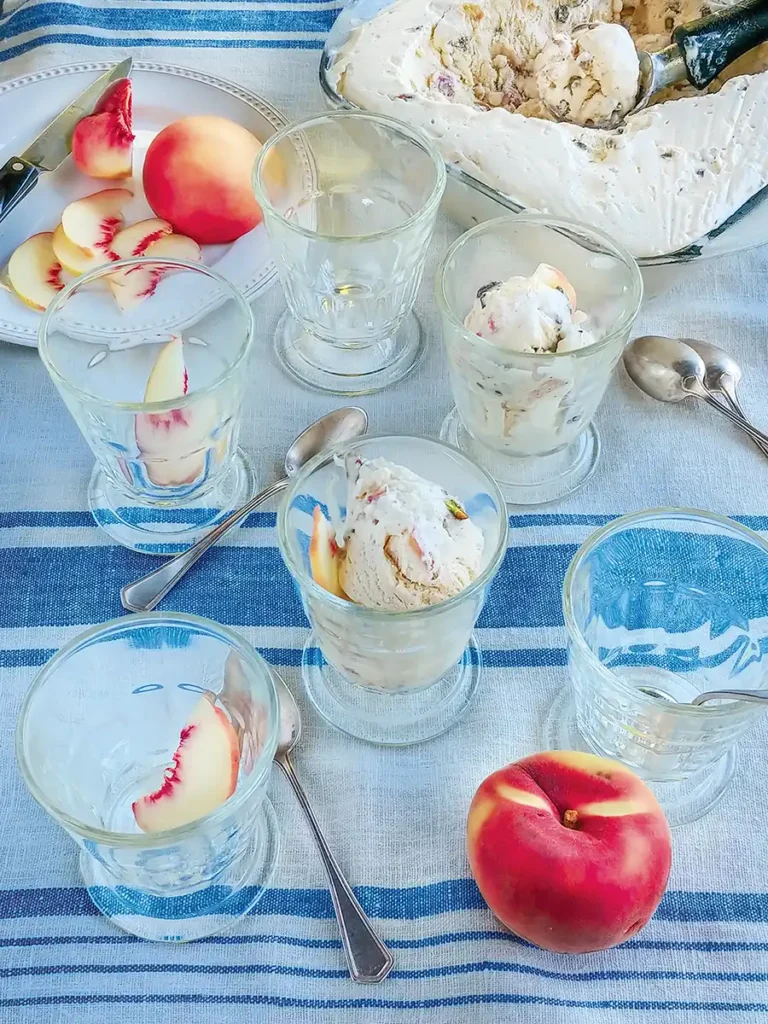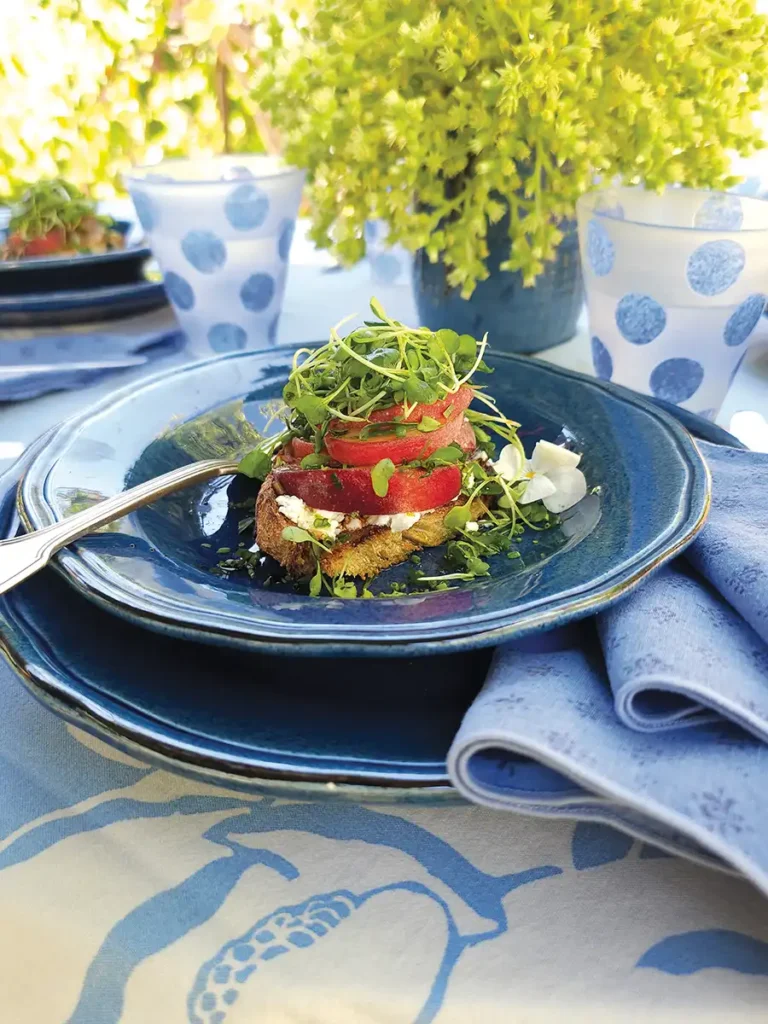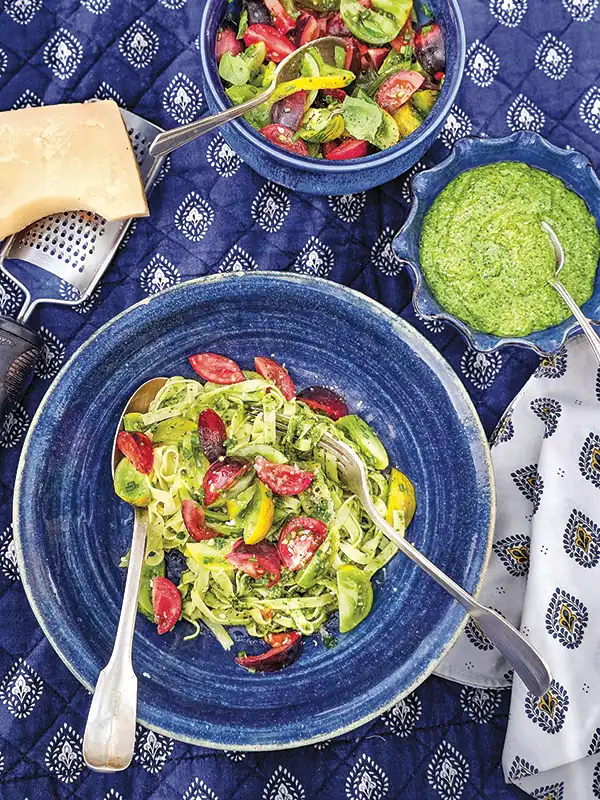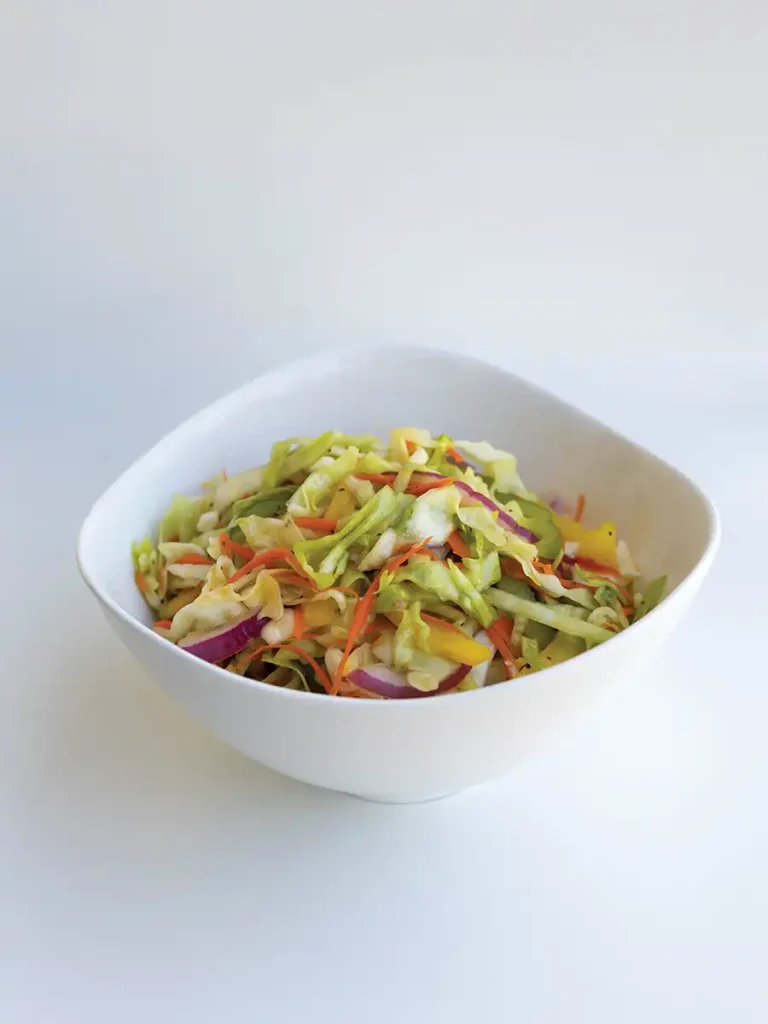Eve Was Right
An Apple Cocktail that Computes
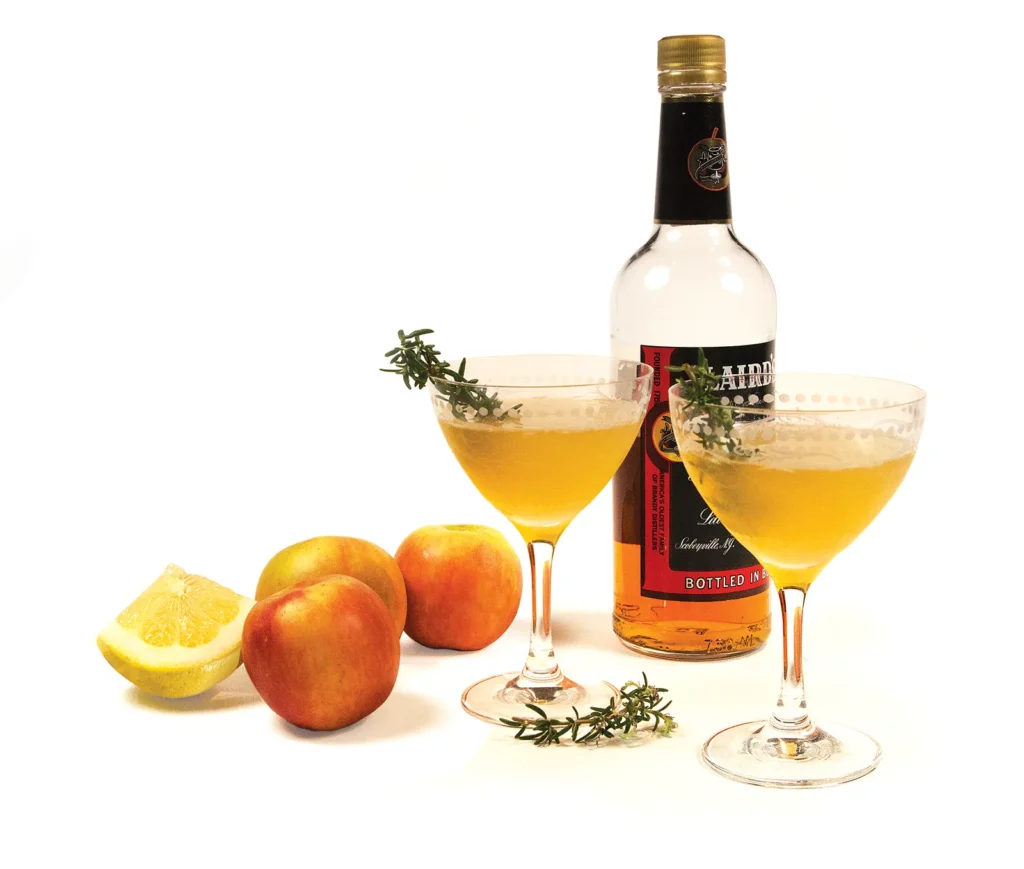
I will apologize in advance to actual Santa Barbara natives (I’ve only been here 25 years), but this region’s seasons are sort of messed up. Contrary to the views of many a true SB-newbie, I do believe there are seasons here, it’s just they are subtle and generally a season behind. When is it warmest? October! When does it finally cool off? February!
So here’s a cocktail that in the rest of the world might be best sipped in fall, but for Santa Barbara it’s the perfect beginning-of-the-year warmth and cheer. The Eve Was Right Cocktail not only is bold enough to raise a boozy fist at the Bible, what with its apple core, but it’s a variation on the Honeymoon Cocktail, which has been kicking around since before Prohibition. It was a signature cocktail at the Brown Derby chain in Los Angeles back in the day, and was included in the esteemed PDT Cocktail Book (Sterling Epicure, 2011).
Simply put, it’s a sour, one of the classic forms of cocktails. It looks a bit like the old standard the Sidecar, even, what with the brandy and citrus liqueur and lemon juice, but apple brandy makes it a completely different animal—or should I say conveyance attached to another vehicle?
For Laird Bonded Apple Brandy is a delightful story of distilling all its own. The Laird family has been in the business of making booze from apples for so long that George Washington was one of their original customers. That “bonded” distinction is key. Here it means it’s strong—100 proof—and 100% apple. Beyond “straight” apple brandy (or applejack, as it’s also called) there is a “blended” designation, which features apple brandy distilled along with neutral grain spirits. The straight brandy is therefore a bit more punchy and much more pure of flavor, and therefore an even more assertive mixer in a cocktail.
Digressive side note: If you research the Honeymoon Cocktail, you’ll find some folks prefer Calvados—French apple brandy—to American. Calvados must be produced in Normandy, must be aged a minimum of two years in oak, so for my money (and that’s often an issue, too, btw), it’s a better sipper. It’s more brandy than apple, if that makes sense. So that’s why I say go American for the Eve Was Right. But if you care to experiment, try it both with Laird and with a Calvados.
In our yard, depending on the tree, there are some apples hanging all year long—which might just mean we don’t pick enough of them. It also suggests growing seasons are hard to pin down in these parts. But we definitely have lemons in winter, too, and a Meyer always works well in a cocktail given its edge of sweetness with a central acid bite. Poor George Washington didn’t have any citrus that sophisticated to mix into his applejack. Cointreau gets to give you some more sweetness plus citrus plus some oiliness. You want a sour to coat your mouth a bit, and this drink does that well.
Then there’s the Chartreuse, which I have a crush on of late. The classic Honeymoon Cocktail would ask for Benedictine, but that’s almost too easy a choice given the popularity (and here I exaggerate what “popular” means outside of cocktail nerd culture) of B&B (Benedictine & Brandy). Why not go with the product of other monks, other herbal infusions? The goal, after all, is to add extension to the flavors and bass notes and a hint of exotica. (That’s an “x” not an “r”—don’t worry, monks!)
Rosemary also pairs well with the flavors, lets you pick something fresh from your yard and gives each drinker a lovely piney note up their nose as they go to sip. It’s quite pretty coming out of the coupe, too.
If you care to be fancy, feel free to sugar half the rim of each glass (a bit of lemon juice on the glass’s edge, some red-colored sugar would be nice), but the drink doesn’t need prettifying. And only do half the rim, so that the person drinking can opt to have as sugar-packed or tart a taste as they care with each sip.
